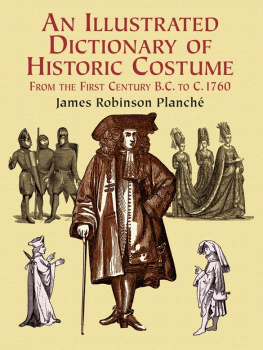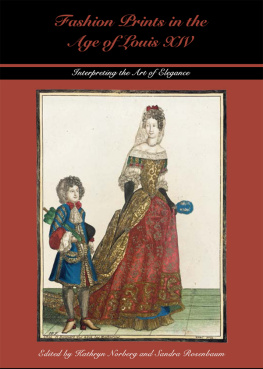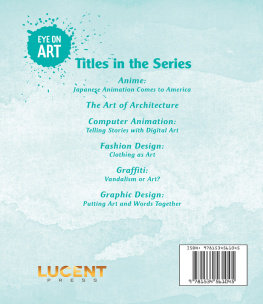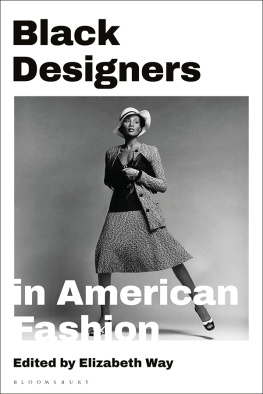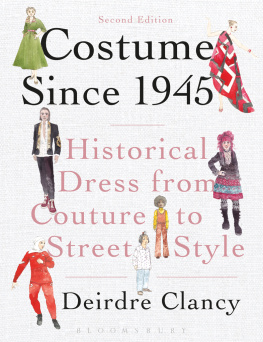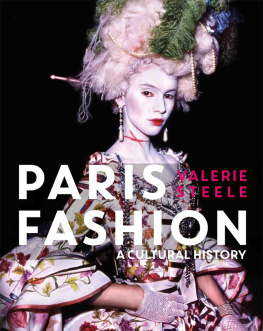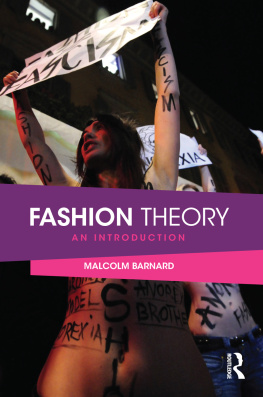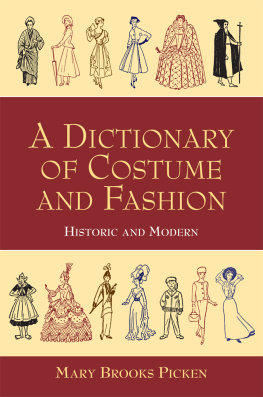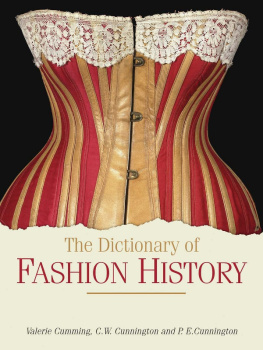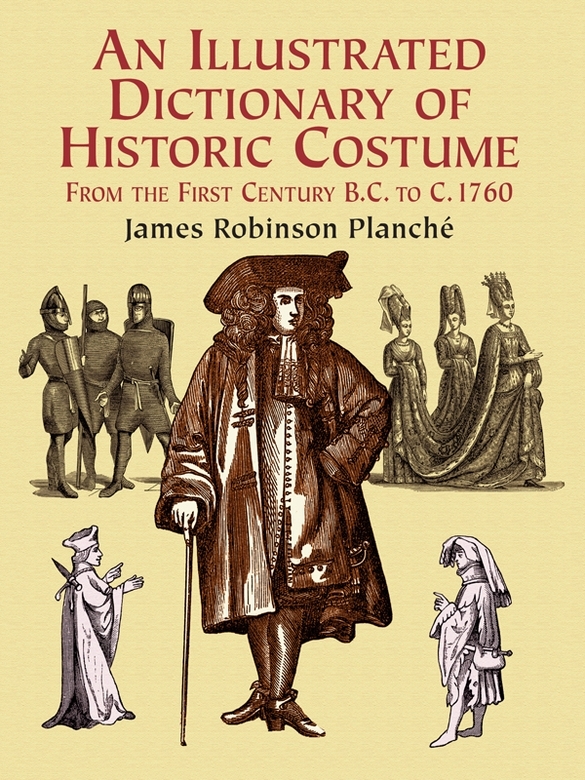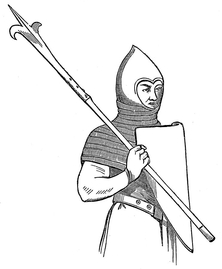APPENDIX.
BESAGNES. In my notice of this word (p. 41), I referred the reader to HARNESS (p. 253), under which head I suggested that besagnesmight have been a clerical error, and that we should probably read besagues, the military pick, or some other knightly weapon, and not any portion of armour; adding that another occurrence of the word (which had only been met with in the passage quoted from Rouss History of the Earl of Warwick), would solve the mystery. I have since accidentally lighted on another occurrence of it, in the Romance of Clariodes, a MS. of the fifteenth century. In a long and minute description of the armour of certain knights the author says:
Wambras with wings and rerebras thereto,
And thereon sette were besagnys.
This disposes of my suggestion as well as of the conjecture of Sir Samuel Meyrick, that they were small circular plates which covered the pins on which the vizor turned. It is clear from the above lines that the besagnes, whatever may have been their form, were pieces of armour affixed to the rerebrace ( pices de renfort, as the French call extra protections worn for the joust or tournament), and not connected with the vizor. It is to be regretted that Meyrick should have overlooked or forgotten this mention of besagnes in the long extract from the Romance which he has himself printed in his Critical Inquiry (vol. ii. p. 78), as it would have caused him to reconsider the subject, and probably have enabled him to identify the articles alluded to. At present we are still in the dark as to their shape or position, and can only presume they were some sort of garde-bras of which we do not recognize any representation or which may be known to us by another name.
CAPHA. A gown of purple capha damask is mentioned in a wardrobe account of the reign of Henry VIII.; and at p. 219, under the article GOWN, I have expressed myself at a loss to explain capha damask. Capha is rendered by Ducange matta storea, gall nutte, i.e ., Tissu de paille ou de jonc, which could never apply to damask. It is more probably the name of a place where the stuff was manufactured. Caffa or Kaffa in the Crimea was a port of some consequence in the seventeenth century.
DEVICE referred to under BADGE, but inadvertently omitted. The device differed from the badge in being a temporary assumption on some particular occasion, while the latter was a family distinction, as hereditary as a coat-of-arms. In the sixteenth century the assumption of devices in jousts of peace was carried to a ridiculous height. King Henry VIII., in 1522, appeared in a joust given for the entertainment of the envoys of the Emperor, and entered the lists on a courser barded in cloth of silver of Denmark embroidered with letters L in gold, and under the letters a mans heart wounded and a great roll of gold, on which was written in black letters the words mon navera. Put together, says the chronicler, it is elle mon cur a navera, she hath wounded my heart. (Hall, p. 630.)
The object of the badge was publicity and identification; it was a cognoissance, a sign of company, and to it properly belonged the cri de guerre motto, mot, or word of the family. The device, on the contrary, with its accompanying legend, was assumed for the very opposite purpose of mystification, or at least of covertly alluding to the immediate motive or sentiment of the bearer. Both the badge and the device are occasionally called a rebus, but the term is more strictly applicable to the latter, as it was in fact a pictured riddle or painted metaphor, as Dallaway calls it, and its legend was emphatically described by the French lme du devisethe soul or spirit of the device.
FAUCHART. The observations on M. Viollet-le-Ducs description of this weapon, to which I alluded at p. 184, are simply these. Firstly, whilst admitting that the fauchart (or falx) was originally nothing more than a scythe-blade set upright on the top of a staff, not one of his illustrations represents such a weapon. Secondly, that he assumes the original weapon was superseded by one of the same name specially fashioned for war, though he acknowledges that it is difficult to establish the date at which this alteration took place; but where is the authority for the assumption that such an alteration ever took place? He cites none; I know of none. The difference between the primitive weapon and its successor, he says, consisted in the former having its cutting edge on the concave or inner side of the blade, and the latter on the convex or outer side. This special military fauchart, he tells us, appeared in France and Italy in the thirteenth century, and he illustrates this information by an engraving of a weapon which has no outside edge (see cut annexed), which, he says, was also called a voulge, and is now known as a bill-hook ( serpe ). (See VOULGE and LANGUE DE BUF.) Another change in the fauchart is stated to have taken place in the fourteenth century, when it was called in France a couteau de brche, and was specially used for storming a fortress or for boarding a vessel, and this statement M. Viollet-le-Duc illustrates by engravings of early glaives and a bill of the fifteenth century (see BILL and GLAIVE). After all this assertion, unsupported by any evidence or indeed other opinion, except one hazarded by Sir Samuel Meyrick, that the fauchart bore some resemblance to a bill, M. Viollet-le-Duc concludes by stating that it is not easy to ascertain the exact distinctions between the voulge, the fauchart, the guisarme, and the couteau de brche, and, in fact, that ces noms semblent avoir t donns des armes analogues sinon identiques. That it is not easy to ascertain the exact distinctions I am too fully aware, but I protest against the difficulty being made an excuse for confounding utterly dissimilar objects, and for pronouncing ex cathedra, without a grain of authority, a judgment on a disputable question.
A Fauchart, 13th century, according to M. Viollet-le-Duc.
GREY. There is a reference under BADGER (p. 28) to this word, which is in fact but another name for that animal whose fur was in much request during the Middle Ages. In the reign of Henry IV. it was ordered by statute that no clergyman under the degree of a canon residentiary shall wear any furs of pure miniver of grey or of biche; and garments furred with grey, christe - grey , miniver, or biche, were prohibited to apprentices to the law, clerks in Chancery or of the Exchequer, &c., and the wives of esquires if not ennobled.
ROBE. Under this heading I have to correct a curious error, partly perhaps typographical, in Dugdales Origines Juridiciales, which mystified and misled me at p. 426. On referring to the Close Roll of the 20 th of Edward I., quoted by him as containing the earliest notice of the robes of the Judges, no such order could be found, and, after some trouble kindly taken for me at the Record Office, it was discovered that the quotation was from the 20th of Edward III., altering the regnal year from 1292 to 1347, and, moreover, that the words fine linen silk and furs of silk, which I had reserved for explanation, were such mistranslations of the abbreviated Latin as one should hesitate to lay to the charge of Dugdale. The word rendered fine linen silk is sindon, unam peciam sindon, a Hebrew term for a very fine species of linen (see SINDON), and it is just possible that Dugdale may have written or silk, as the question has been mooted, and the omission of the conjunction is an error of the press. The other mistake is undoubtedly the authors, as he has repeated it more than once in his subsequent extracts. The words in the roll are duabz fururis de Bissh, two furs of biche, the skin of the female deer (see BICHE); and the latter has been misread BYSSUS, a textile fabric, which has been occasionally called silk (see BYSSINE). The misprint of Edward I. for Edward III. is a serious error, as it antedates the earliest notice of the robes of the Judges fifty-five years, and dependence upon it might lead to much unintentional misrepresentation and erroneous conclusion, as well as entail considerable trouble and loss of time to students who, as in my case, may desire to consult the original record. Had I not fortunately been perplexed by the strange terms fine linen silk and furs of silk, I own I should never have questioned the more important statement affecting the date of the first official record of English judicial costume.

